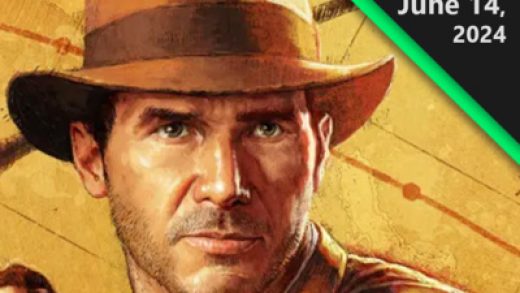Jimmy Carter’s death invites us to consider his legacy of nuclear emergency response and disaster management

This article was originally published on The Conversation, an independent and nonprofit source of news, analysis and commentary from academic experts. Disclosure information is available on the original site.
___
Author: Jack L. Rozdilsky, Associate Professor of Disaster and Emergency Management, York University, Canada
Former U.S. President Jimmy Carter died on Dec. 29, three months after turning 100. Carter was elected 39th president in 1976, and served one term in office from 1977 to 1981.
Upon Carter’s death, U.S. Secretary of Homeland Security Alejandro Mayorkas commented that Carter re-imagined how we care for communities in need as his administration laid the foundation for disaster response today.
As a professor of disaster and emergency management, I respect Carter’s significant contributions to emergency management and his responses. Rarely has an American president had the science and technological prowess that helps to constructively contribute to the management of emergencies.
Carter’s technical background
Part of Carter’s ability to contribute to the management of emergencies lies in his solid science and engineering background.
He graduated from Plains High School in Georgia in 1941. After failing at his first attempt to be admitted to the U.S. Naval Academy, he then took up studies at Georgia Southwestern College in Americus (now Georgia Southwestern State University). The young Carter then transferred to Georgia Institute of Technology (Georgia Tech) to study mathematics.
On his second try, Carter was admitted to the U.S. Naval Academy in 1943. In August 1946, Carter graduated in the top 10 per cent of his class through an accelerated war program.
Carter served in the armed forces during the pioneering days of Admiral Hyman G. Rickover’s nuclear navy. In 1952, he was assigned to technical duties with the U.S. Atomic Energy Commission, where he assisted in the design and development of nuclear-propulsion plants for naval vessels.
The Chalk River accident
In the early 1950s, before entering politics, Carter was a nuclear reactor expert. In this role, he was directly involved in the emergency response to the world’s first nuclear meltdown of a reactor core. This happened at the Chalk River Laboratories (presently the site of Canadian Nuclear Laboratories) in Deep River, Ont.
In December 1952, an experimental nuclear reactor experienced mechanical problems and operator error. That led to overheating fuel rods and significant damage to the reactor’s core.
At the time, Carter was 28 years old, and part of an American support effort to assist the Canadian team cleaning up after the nuclear disaster. Carter’s involvement with the emergency response was acting as the officer-in-charge of a 12-man crew responsible for the disassembly and removal of equipment from the broken reactor site.
The creation of FEMA
In the late 1970s, Carter helped forge a new approach to solve a national-level disaster management coordination problem that existed in America.
By 1978, more than 100 separate federal agencies had jurisdiction over aspects of emergency management. This created overall confusion and disarray in disaster responses from the state’s perspective.
The Federal Emergency Management Agency (FEMA) was created when Carter signed two executive orders in 1979. Executive orders are a power held by the president to act alone to direct actions by government officials and agencies, and when signed the orders have the force of law.
Executive Order 12127 created FEMA, while Executive Order 12148 assigned duties to the new agency.
The White House then took concrete steps to designate former Seattle fire chief Gordon Vickery to lead the new agency. FEMA initially had 2,400 personnel drawn from other existing federal agencies and an initial operating budget of US $600 million.
Three Mile Island
Also in 1979, just as the new FEMA agency was created, Carter’s technical skills with respect to nuclear emergency management came into use again.
Twenty-seven years after the Chalk River nuclear emergency, Carter visited the damaged reactor at Three Mile Island while the radiation emergency was still active.
His visit — both as president and as an individual knowledgeable of the emergency at hand — served to provide a much-needed morale boost to emergency workers and concerned citizens in Pennsylvania.
Reflecting on a different era
Whether it be his experience as a responder to complex nuclear emergencies or his political leadership in creating FEMA, Carter set a high standard for presidential actions related to emergency management.
The loss of President Carter gives us the opportunity to reflect upon a different era of American presidential politics: A time when the White House was not hostile to science and the American electorate valued having a leader educated in the sciences and engineering.
___
Jack L. Rozdilsky receives support for research communication and public scholarship from York University. He also has received research support from the Canadian Institutes of Health Research.
___
This article is republished from The Conversation under a Creative Commons license. Disclosure information is available on the original site. Read the original article: https://theconversation.com/jimmy-carters-death-invites-us-to-consider-his-legacy-of-nuclear-emergency-response-and-disaster-management-246576


